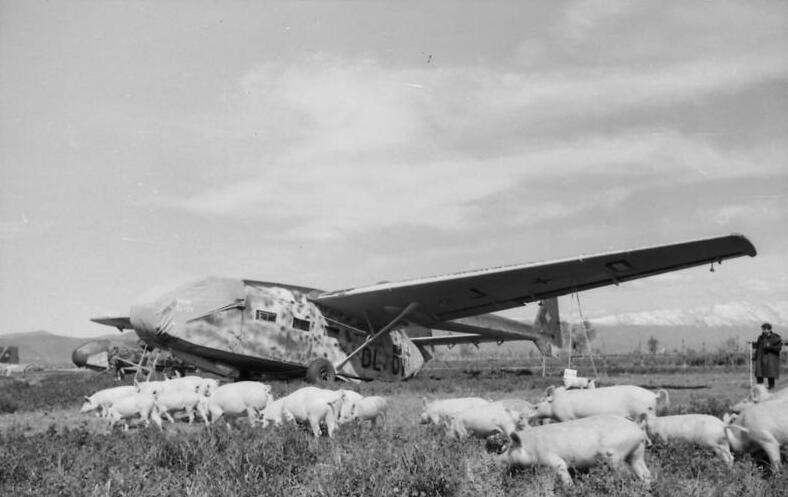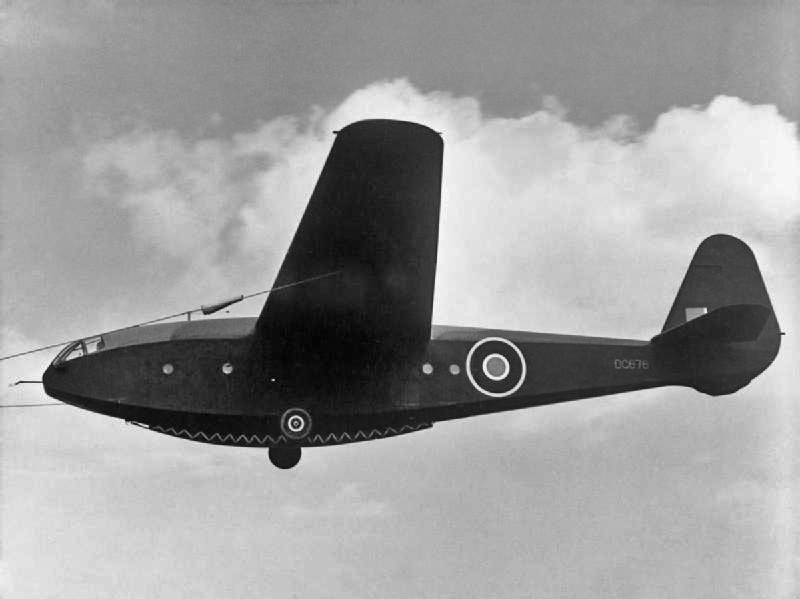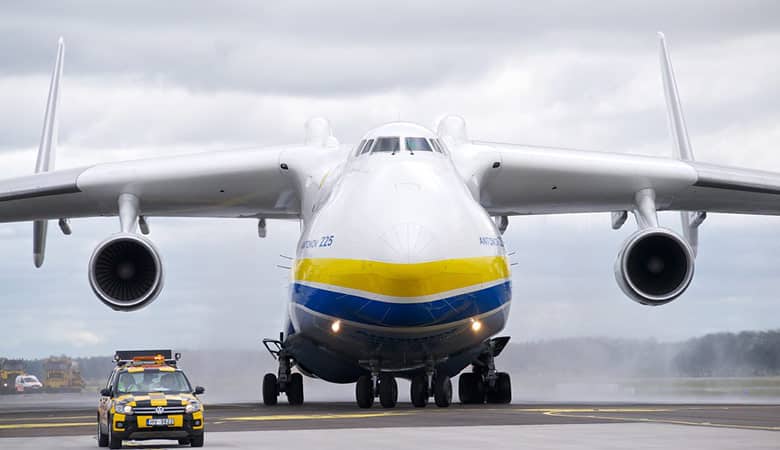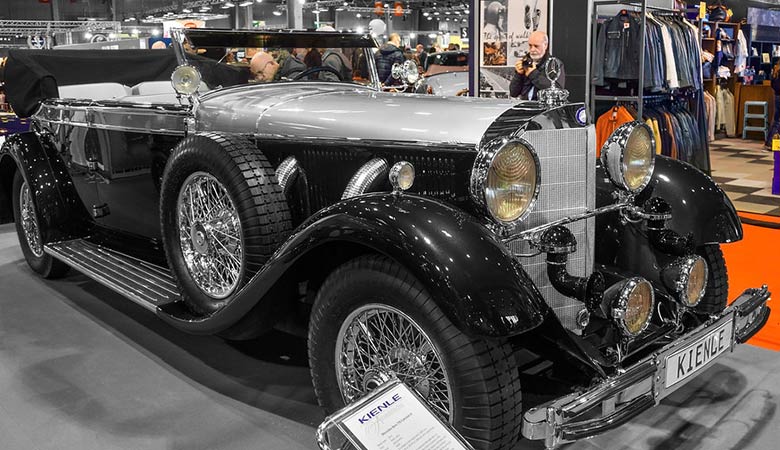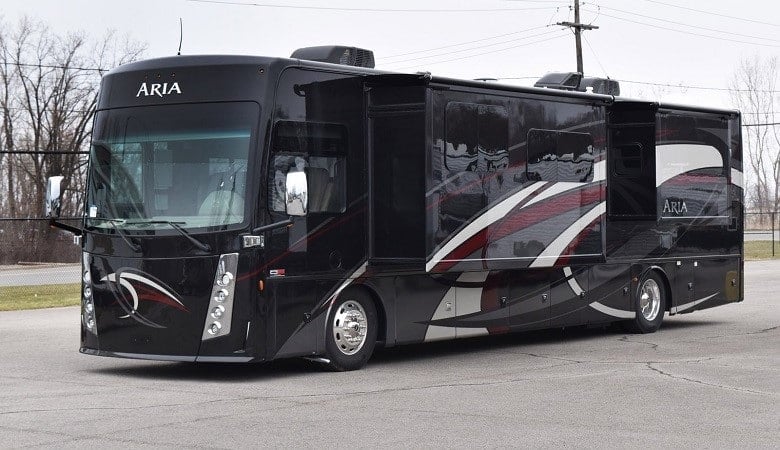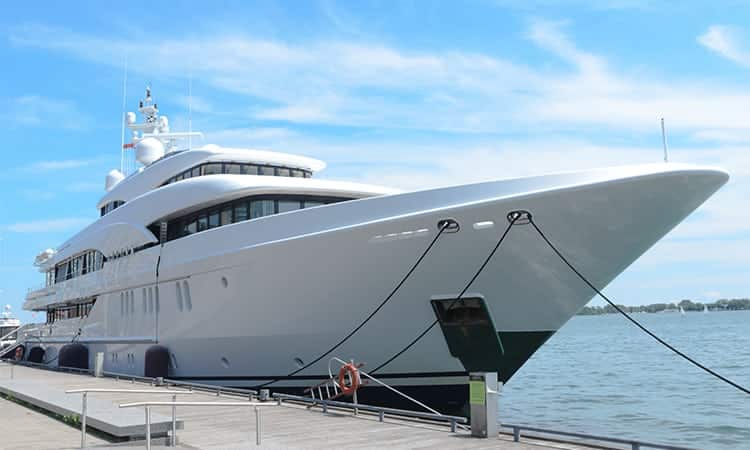A glider, often known as a sailplane, is a kind of glider aircraft used for leisure or competitive gliding (also called soaring).
Because of the growing air currents in the surroundings, this aircraft can soar in the sky. Sailplanes can fly great distances at low altitudes due to their aerodynamic construction.
In North America, the term “sailplane” is also used to describe this kind of aircraft. In British-English, the word “glider” is more often used.
We’ll take a look at some of the world’s heaviest gliders in this post.
1. Dfs 230
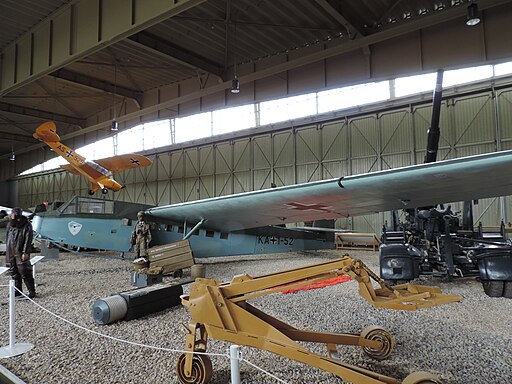
The Luftwaffe utilized the DFS 230 as a transport glider during WWII. Hans Jacobs created it in 1933 at the Deutsche Forschungsanstalt für Segelflug (DFS – “German Research Institute for Sailplane Flight”). The glider, based on the German Hotspur glider, was intended for aerial attack operations.
In addition to the pilot, the DFS-230 glider could carry nine passengers, who sat close together on a tiny bench in the center of the fuselage (half facing port, half facing starboard). To access and exit the tight room, a single side door was employed. The machine gun was the only armament accessible to the front passenger.
It was an assault glider with a parachute brake that was designed to land directly on top of its target. As a consequence, the glider was able to descend at an angle of eighty degrees and land within 20 meters (60 feet) of its objective. It weighs 2040 kg and has a payload capacity of 1,200 kg (2,600 lb).
2. Gotha Go 242
The Gotha Go 242 was a glider used by the Luftwaffe during WWII to transport personnel and cargo. In terms of payload and flying capabilities, it outperformed the DFS 230. It took part in relatively little combat.
There were several varieties. This aircraft, unlike others, featured a basic square-section fuselage with clamshell ports at the ends to carry cargo.
The empennage was attached using two booms. They were connected by a tailplane. The fuselage is made up of the plane’s body sections and is covered with steel tubing and doped fabric.
DFS 230 performed better than the design. It can take off with up to 15,650 pounds on board, making it one of the world’s biggest gliders.
3. AS.51 Airspeed Horsa
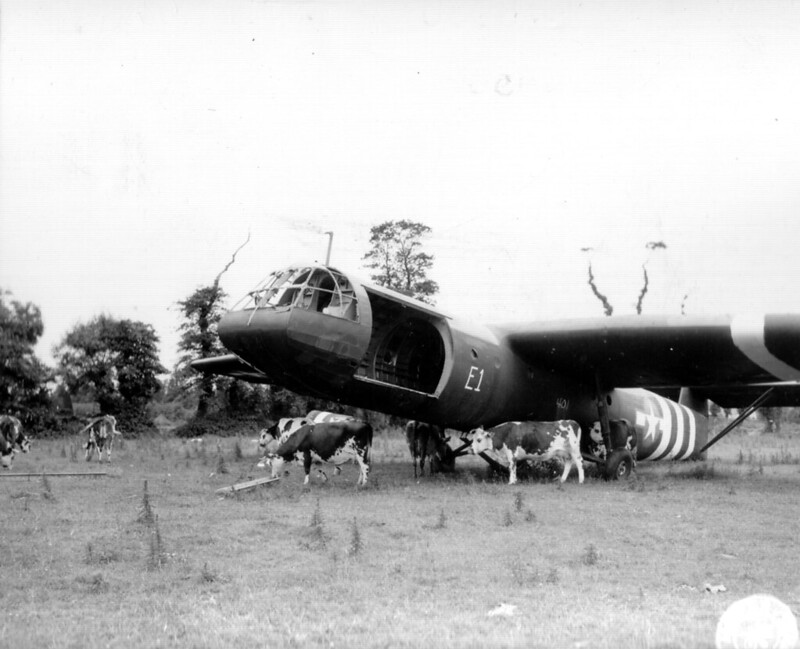
During WWII, the British utilized the Airspeed AS.51 Horsa as a troop-carrying glider. The type was inspired by Horsa, the fabled 5th-century conqueror of southern Britain, and was conceived and produced by Airspeed Limited and several subcontractors.
After being impressed by Germany’s exceptional employment of airborne operations during the early stages of World War II, such as during the Battle of France, the Allied countries desired to build strong counter-force formations.
After concluding that gliders would be an important component of such airborne troops, the British War Office began researching potential possibilities.
After an evaluation of the General Aircraft Hotspur revealed that it lacked the required dimensions, specification X.26/40 was created. It is one of the biggest gliders, weighing 15,250 pounds.
4. Waco CG-4
Av USAAF – <a rel=”nofollow” class=”external text” href=”http://www.nationalmuseum.af.mil/photos/index.asp”>National Museum of the U.S. Air Force</a> photo <a rel=”nofollow” class=”external text” href=”http://www.nationalmuseum.af.mil/shared/media/photodb/photos/060505-F-1234P-004.jpg”>060505-F-1234P-004</a>, Public Domain, Länk
During World War II, the Waco CG-4 troop/cargo glider saw the most combat activity. The United States Army Air Forces named it the CG-4A, while the British dubbed it Hadrian (after the Roman emperor).
The glider was designed by the Waco Aircraft Company. The first aircraft took to the skies in May 1942. In all, over 13,900 CG-4As were delivered. It is one of the largest gliders on the market, with a gross weight of 4197 pounds and a maximum takeoff weight of 8000 pounds.
5. General Aircraft Limited GAL. 49
General Aircraft Limited GAL. 49 was sold to a new firm in 1949. During WWII, the British military glider Hamilcar or Hamilcar Mark I was built.
It could carry a significant amount of weight, similar to the Tetrarch or M22 Locust light tanks. This is what occurred when Prime Minister Winston Churchill established the British airborne establishment in 1940.
It was determined to build a large glider capable of carrying a large amount of heavy cargo in support of the airborne forces.
In January 1941, General Aircraft Limited was selected to build this glider. It was known as the GAL. 49 “Hamilcar.” It was designed to transport either a single light tank or two Universal Carriers.
This glider is largely built of spruce and birch, with fabric-covered sections. It weighs 37,000 pounds.
6. Slingsby Hengist
By R S Punnett – This is photograph <a rel=”nofollow” class=”external text” href=”https://www.iwm.org.uk/collections/item/object/205126838″>MH 5123</a> from the collections of the <a rel=”nofollow” class=”external text” href=”https://www.iwm.org.uk/”>Imperial War Museums</a>., Public Domain, Link
Slingsby Sailplanes Ltd created and manufactured the Slingsby Hengist, a British military glider. It was named after a military figure beginning with the letter H, in this instance the Jute invader Hengist, as were other British troop transportation gliders during WWII.
The production aircraft had a stronger undercarriage and was designated as the Mk III, although the RAF did not get this designation.
The flat-sided fuselage and curving top and bottom surfaces distinguished the Hengist. With a gross weight of 9000 pounds, the Slingsby Hengist is one of the world’s heaviest gliders.
7. Chase XCG-20
By USAF – <a rel=”nofollow” class=”external text” href=”http://www.nationalmuseum.af.mil/photos/media_search.asp?q=C-123&page=2″>National Museum of the U.S. Air Force</a> photo <a rel=”nofollow” class=”external text” href=”http://www.nationalmuseum.af.mil/shared/media/photodb/photos/071002-F-1234P-011.jpg”>071002-F-1234P-011</a>, Public Domain, Link
The Chase XCG-20, also known as the XCG-20 and by the business name MS-8 Avitruc, was a large glider produced for the United States Air Force by the Chase Aircraft Company shortly after World War II. It was the biggest glider ever constructed in America.
The XG-20 was never built because the US Air Force’s requirements changed. It was, however, transformed into the successful Fairchild C-123 Provider twin-engined transport aircraft, which saw extensive service during the Vietnam War. With a maximum takeoff weight of 70,000 pounds, this glider is one of the heaviest in the world.

